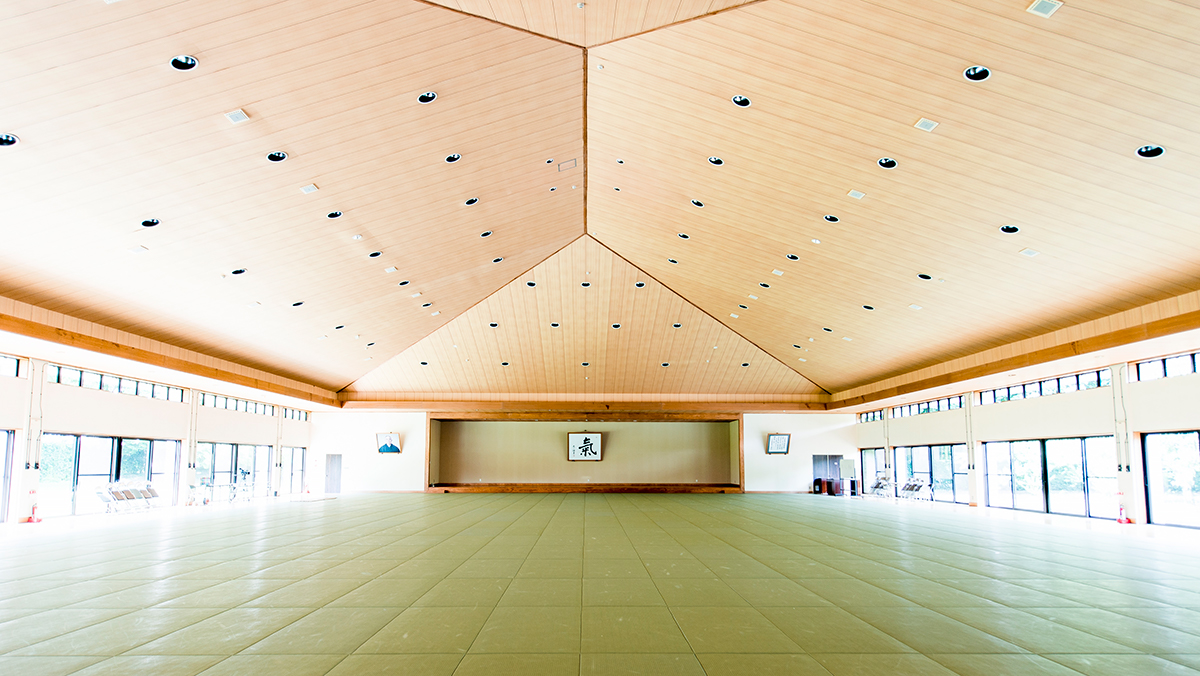“Adapt your speech to your audience.” It is said that when the Buddha preached the Dharma, he did so in a way that suited each person.
This means it is important to understand the nature and the circumstances of the other person, and then teach in a way that is most appropriate for that person. I have worked with many people while teaching Shinshin Toitsu Aikido, and I always keep this proverb in mind.
Since no two people are the same, there are thousands of different ways to teach, and they change constantly. I am not always successful, so I feel the depth of this experience.
There are people who try to do everything right.
If they go too far, they tend to think too hard, and the hardness of the mind leads to tension in the body. To such people, I tell them “You don’t have to do everything right!”
On the other hand, there are people who do not do anything properly. To put it more bluntly, they are sloppy, and they do not learn what they could have. To such people, I tell them “You have to do it right!”
The words I use change depending on the person I am talking to, but if we cut out what I am saying only, at times, I am saying, “You don’t have to do it right,” and, at other times, I am saying, “You have to do it right”.
Both are spoken by the same person, but what the person is saying is changing.
What does this mean?
This means what is taught by a teacher is different for each student.
What we get exposed to is only a part of our teacher’s teaching, and never the whole. If we make a mistake here, we would fall into the arrogant thinking “I am the one who understands my teacher the best”.
Students are exposed to their teachers through their own filter in the first place. The students’ understanding naturally is only a part of what their teachers teach.
This is why knowing what other students have been exposed to and how they were taught by a teacher is an important aid in understanding the real picture of your teacher’s teaching.
I am most grateful for having senior teachers who have lived and trained in the same era as Koichi Tohei Sensei.
For example, there was a veteran instructor who had been taught directly by Koichi Tohei Sensei.
This instructor’s job used to be dismantling old Japanese folk houses (古民家, kominka) in his younger days, so he was always covered in mud after work. When he managed to get to the dojo, his feet were usually dirty, and black with mud. One day after practice, he saw Koichi Tohei Sensei wiping his own feet with a wet towel.
He had never seen Tohei Sensei do this before, so he wondered what this was about.
A week later, he went to the dojo and attended the class with dirty feet, and he again saw Tohei Sensei wiping his own feet after class. Then, he suddenly became aware of the meaning of Tohei Sensei’s action, and he attended the next class after he washed his feet clean. Then, Tohei Sensei apparently stopped wiping his feet after each class.
What would have happened if Tohei Sensei simply pointed out the dirt on the feet to someone who took pride in his hard work? Tohei Sensei taught this person in such a way that he would recognize it for himself, without offending his dignity.
We can really see what Tohei Sensei valued in the way he taught each student.
This instructor was so impressed by this that he continued to study under Tohei Sensei, and is still training to this day.
Having this perspective gives us a sense that Koichi Tohei Sensei is speaking to us in the present moment, transcending time and place – even though he has already passed away.
This is probably because what is truly important is “transmitted from one person to another”.
I am hoping to compile more stories like this into a book someday.
Translated by Mayumi Case
Edited by David Shaner and Matthew Attarian
Eastern Ki Federation
https://easternkifederation.org/
Original article in Japanese: 時と場所を超え、伝わる (Toki to basho wo koe, tsutawaru)
January 7, 2023
http://www.shinichitohei.com/japanese/2023/01/post-c3e7f4.html

